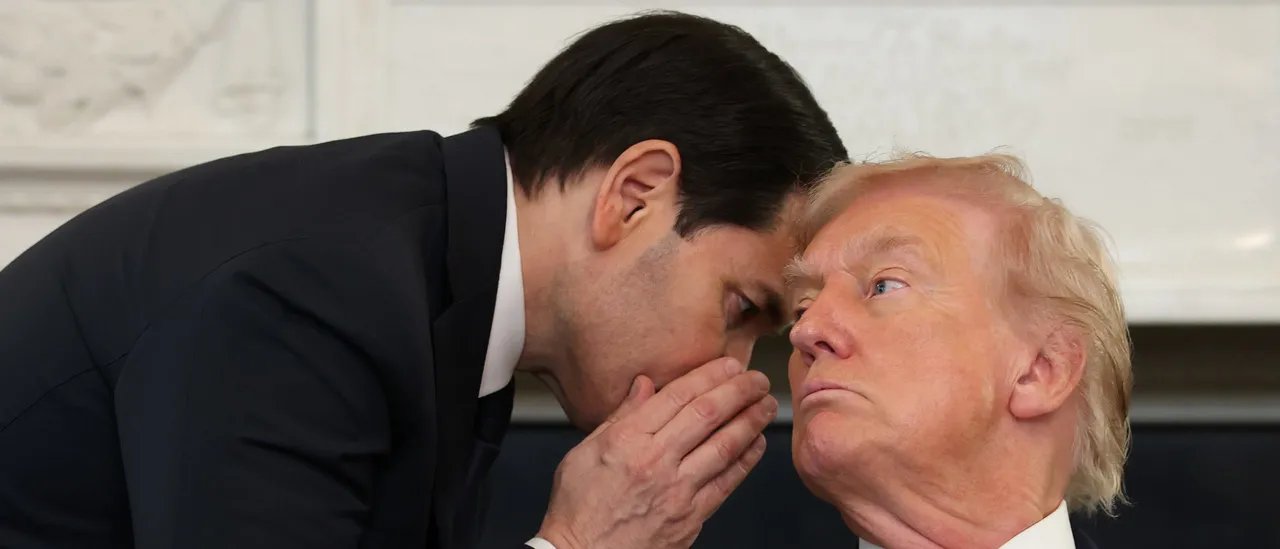About 11 months earlier, in August 2023, The New York Times reported that U.S. officials estimated that about 500,000 Russians and Ukrainians were killed, wounded or missing in the then 18-month-old Ukrainian war.
Both Russia and Ukraine have under-reported their losses; hundreds of thousands more have been killed in the 28-month fighting.
In the West, even mention of a negotiated settlement would be seen as a dangerous appeasement of open Russian aggression, while in Russia, failure to achieve victory would be seen as synonymous with the collapse of Putin's regime.
But as the war approaches its two-and-a-half-year mark this summer, some facts are no longer so controversial.
The circumstances surrounding the 2014 overthrow of Ukraine's pro-Russian president, Viktor Yanukovych, remain disputed.
Russia accuses the West of orchestrating a “Revolution of Dignity” — an attempt to Westernize the former Soviet republics, expand Europe's borders to Russia's doorstep, and eventually fully arm Ukraine as a NATO member state.
Western countries counter that most Ukrainians are part of Europe and wanted independence from Russian blackmail, and that they had a perfect right to seek membership in NATO or the EU or both, despite the expected rise in tensions.
Since Russia's attempt to seize Kiev in 2022 was heroically defeated by Ukraine, there have been few notable territorial gains by either side.
Neither side has been able to generate the momentum to force the other into negotiations or concessions like the bloody, back-and-forth battles on the Western Front in World War I.
As the Russian nuclear threat grows in Europe, NATO is seeking to restore deterrence by increasing its defense budget and incorporating powerful frontline states Sweden and Finland, united by shared concerns about Russian aggression.
In the United States, many have welcomed the conflict as a necessary proxy war to deter Russian aggression and bolster NATO's resistance.
But unlike the Cold War-era wars between third parties, Ukraine, a Western client, is now fighting directly against a European NATO member’s main adversary.
Supplying weapons to proxy forces in a war against a nuclear-armed homeland is a new and dangerous phenomenon.
The West hopes it can supply Ukraine with more and better weapons than Russia, which is richer, bigger and more populous.
But Ukraine's problem is not so much weapons as manpower: Nearly a quarter of the country's population has fled the country.
Ukraine may have suffered as many as 300,000 casualties. The average age of its soldiers is over 40. There are not enough troops to repeat what has already failed in the 2023 counteroffensive. Russia’s plan for a war of attrition is to wear down and bleed the Ukrainian people.
From a geopolitical perspective, the new alliance between Russia, China, Iran and North Korea is beginning to attract opportunistic support from illiberal Middle Eastern regimes, Turkey and the Islamic world at large.
The Biden administration's approach to the wars in Ukraine and Gaza remains wildly inconsistent.
This administration has preached about ceasefires, balance, wartime coalitions and the avoidance of collateral damage to our strongest ally, Israel. It regards the terrorist organization Hamas as a largely legitimate state.
But Biden and US diplomats are urging Ukraine to keep fighting without negotiations. They are urging Kyiv to pursue a decisive disparity with superior weaponry, including attacks on strategic targets inside Russia.
The US has turned a blind eye to the Zelensky government's cancellation of Ukrainian political parties and elections, it doesn't seem to care about collateral damage in Ukraine along its borders, and it views the Russian government as something close to a terrorist state.
At least before the Russian invasion in February 2022, no one in the West – neither the Obama administration, the Trump administration, nor the current Biden administration, nor the Ukrainian government itself – believed it would be possible to use force to retake Crimea and Donbas, which were annexed by Russia in 2014.
Taking all these realities into account, the only realistic way to avoid nearly a million more deaths and injuries would be through reconciliation, however unpopular.
It would involve formalizing Russia's 2014 annexation of Crimea and Donbas.
Russia would then agree to withdraw all its troops to its borders by 2022. Ukraine would be fully armed, even though it is not a NATO member state.
Both sides would agree to a demilitarized zone on both sides of the Russian-Ukrainian border, with Russia finally institutionalizing its earlier annexation of Donbas and Crimea while boasting that it prevented its former territories from joining NATO.
Ukraine will be proud of its miraculous refusal to halt Russian aggression, just like heroic Finland in 1940. Ukraine will be far better armed than at any time in its history and will soon enjoy equal status with non-NATO members Austria and Switzerland.
This agreement will anger all parties involved, but it will make public what most privately acknowledge, and it will halt the ongoing destruction of Ukraine and the further slaughter of an entire generation of Ukrainian and Russian young people.
Victor Davis Hanson is a distinguished fellow at the Center for American Greatness. He is a classicist and historian at the Hoover Institution at Stanford University and the author of World War II: How the First Global Conflict Was Fought and Won, published by Basic Books. He can be contacted at authorvdh@gmail.com.
The views and opinions expressed in this editorial are those of the author and do not necessarily reflect the official position of the Daily Caller.







